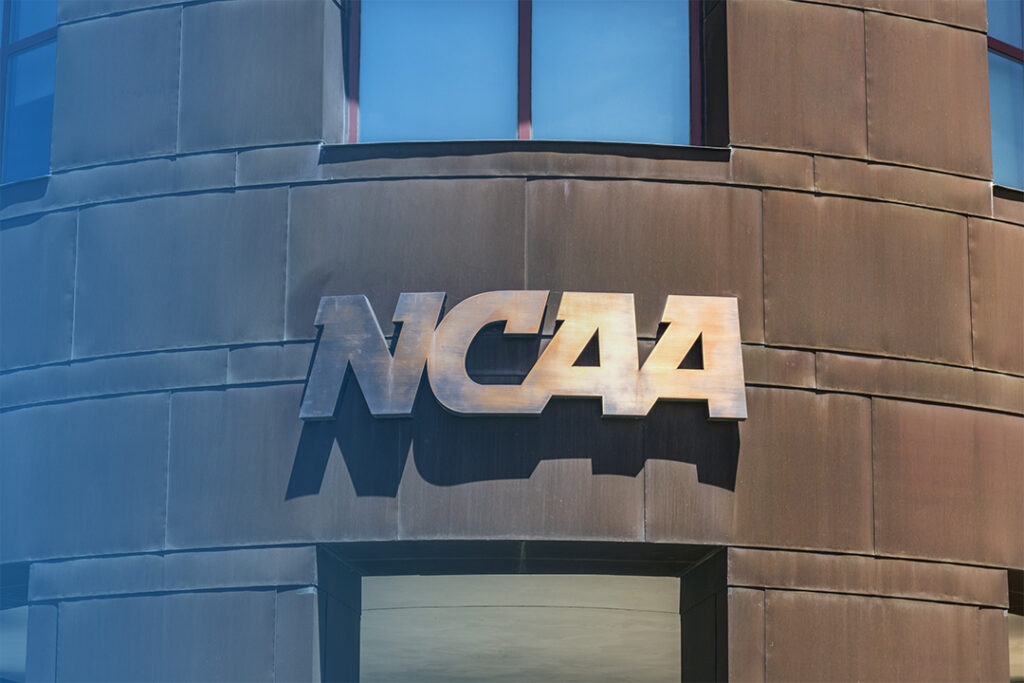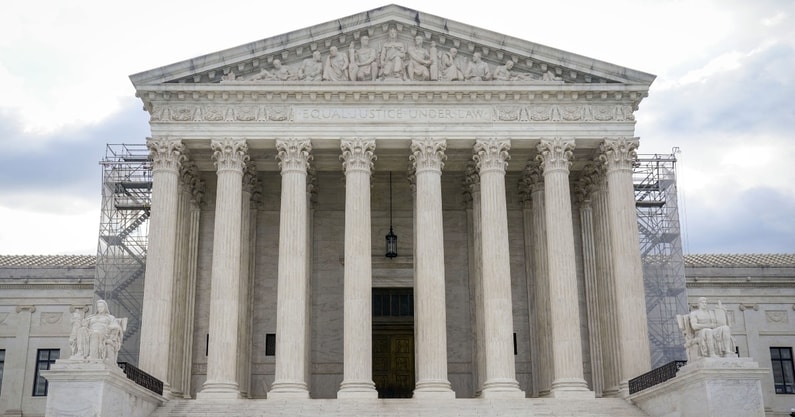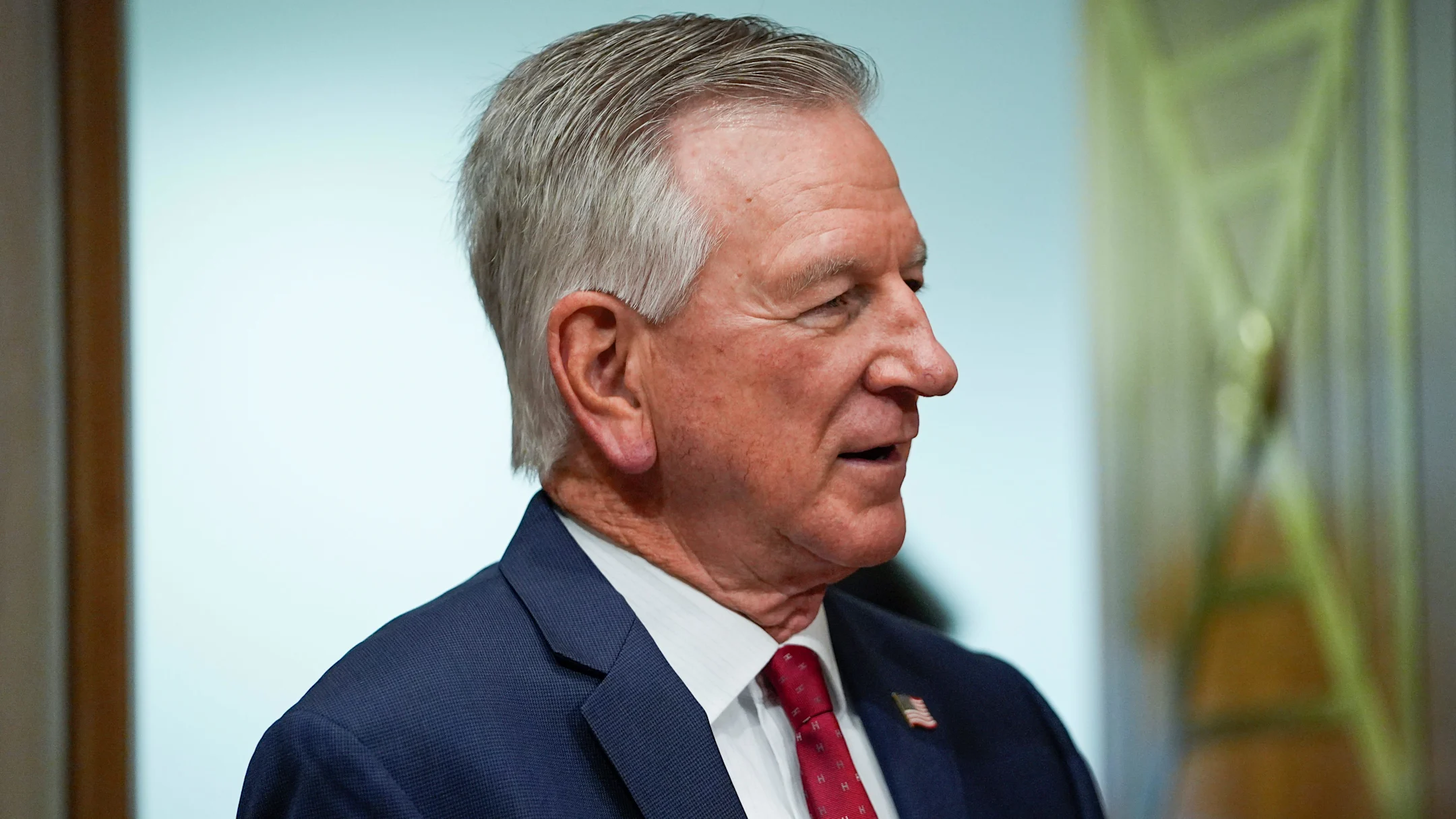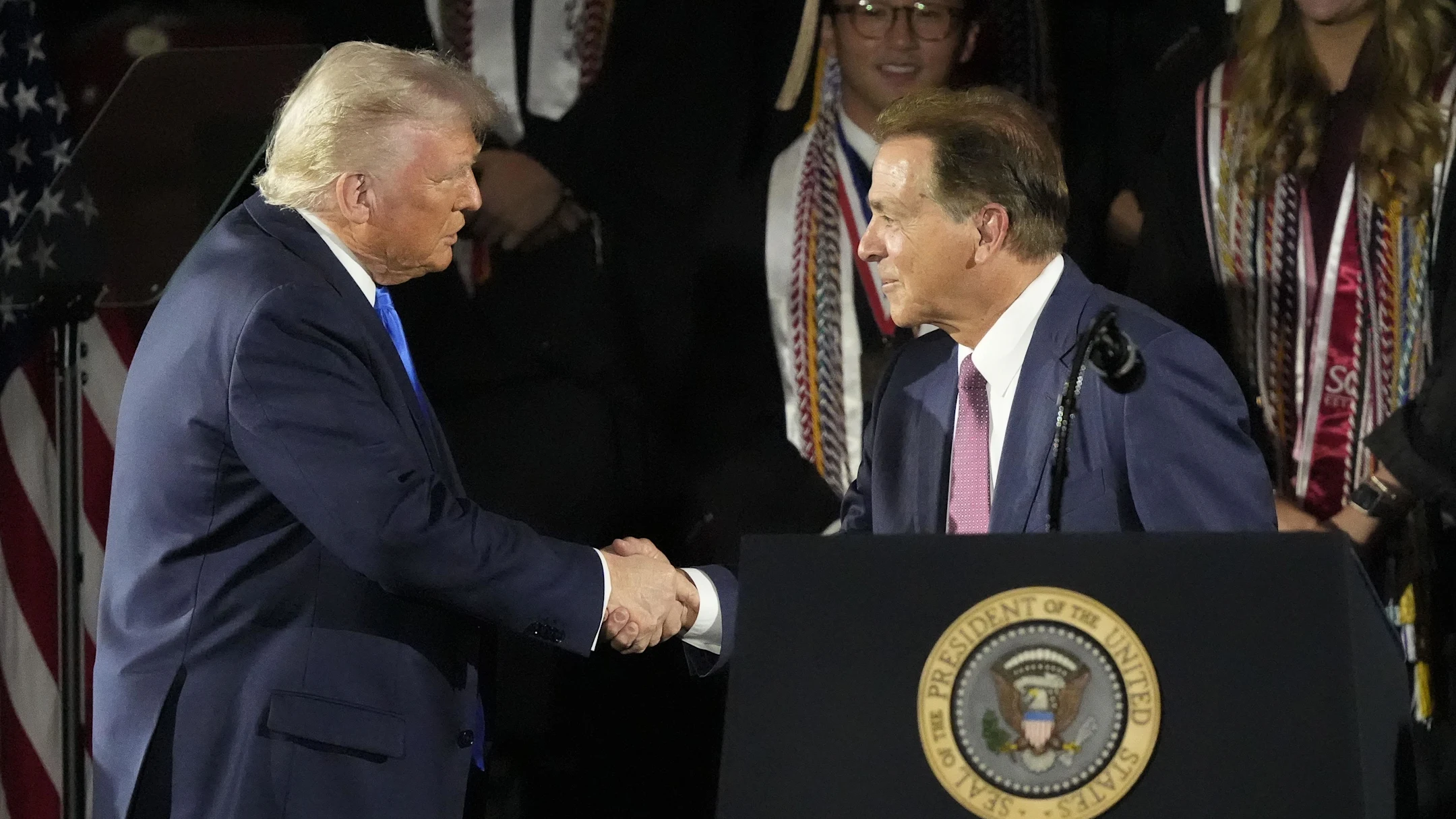NCAA releases updated NIL guidance aimed at prohibiting booster involvement in recruiting

Nearly a year after the NCAA released its interim NIL policy, the Division I Board of Directors issued updated guidance on Monday clarifying that boosters are prohibited from being involved in the recruiting process.
The guidance reinforces the NCAA’s longstanding rules that prohibit improper recruiting inducements and pay-for-play, which has become an issue of concern in recent months with the emergence of collectives, companies or agencies typically funded by a college or university’s alumni, boosters, and former players to support NIL opportunities for that institution’s prospective and current student-athletes.
“Today, the Division I Board of Directors took a significant first step to address some of the challenges and improper behaviors that exist in the name, image and likeness environment that may violate our long-established recruiting rules,” said Jere Morehead, chair of the board and president at Georgia. “While the NCAA may pursue the most outrageous violations that were clearly contrary to the interim policy adopted last summer, our focus is on the future.”
Since the sea of change in July 2021, more than 100 collectives have emerged across the country to support NIL opportunities for student-athletes.
While it is not illegal for boosters to offer NIL opportunities to student-athletes, the NCAA’s updated guidance makes it clear that boosters must remain out of the recruitment process of prospective or transfer athletes.
“It appears that the overall mission of many, if not all, of the above-referenced third party entities [boosters] is to promote and support a specific NCAA institution by making available NIL opportunities to prospective student-athletes (PSA) and student-athletes (SAs) of a particular institution, thereby triggering the definition of a booster,” the NCAA’s release stated.
The guidelines posted on Monday could mean the NCAA retroactively reviews cases prior to May 9. However, the association stated that they would rather focus on the future.
What does this mean for high school student-athletes?
Pay attention. Boosters cannot be involved in recruiting at all or use NIL money to help recruit players.
NIL agreements must be based on an independent, case-by-case analysis of the value that each athlete brings to an NIL agreement.
It may not provide compensation or incentives for the following:
1. Enrollment decisions (e.g., signing a letter of intent or transferring),
2. Athletic performance (e.g., points scored, minutes played, winning a contest),
3. Achievement (e.g., starting position, award winner) or
4. Membership on a team (e.g., being on roster).
Coaches, parents, and administrators need to be a student’s extra eyes and ears. If a student-athlete is actively being recruited to play at a collegiate institution, ensure there is no booster involved in recruitment discussions.
Finally, review the NCAA’s latest guidelines with your student-athletes so they understand what is and is not allowed.
NIL is a great opportunity for student-athletes, but be careful that this excitement does not blur their vision and put their eligibility at risk.


